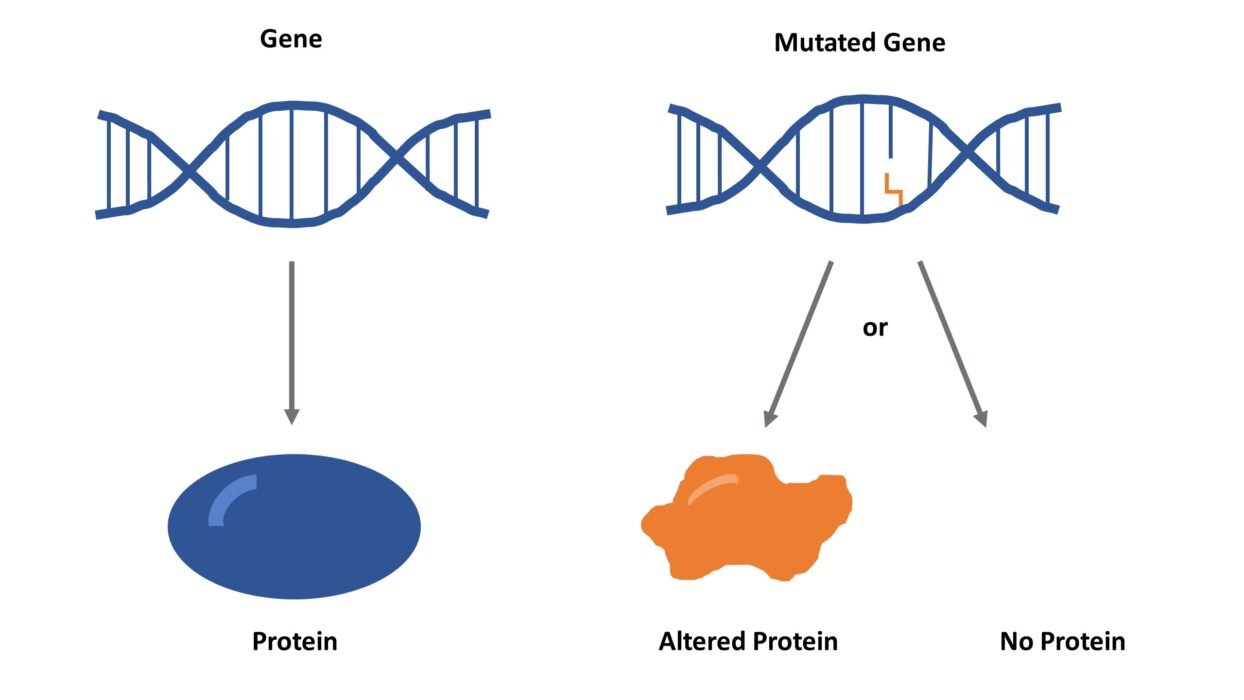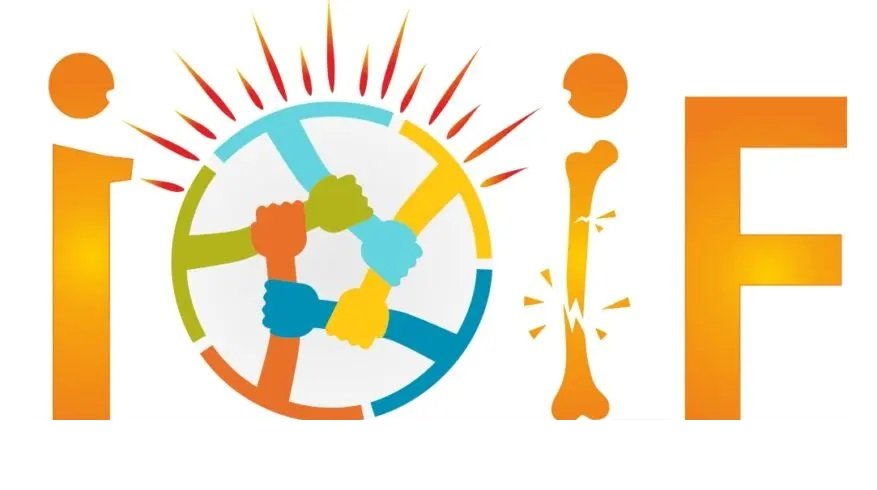Knowledge base
What is Osteogenesis Imperfecta:
Osteogenesis imperfecta (OI) literally means “imperfectly formed bone.” People with Osteogenesis Imperfecta have a genetic defect that impairs the body’s ability to make strong bones. Osteogenesis imperfecta (OI) is a genetic or heritable disease in which bones fracture (break) easily, often with no obvious cause or minimal injury. OI is also known as brittle bone disease, and the symptoms can range from mild with only a few fractures to severe with many medical complications.
Types of OI:
Causes of OI
In people with Osteogenesis Imperfecta, one of the genes that tells the body how to make a specific protein does not function. This protein (type I collagen) is a major component of the connective tissues in bones. Type I collagen is also important in forming ligaments, teeth, and the white outer tissue of the eyeballs (sclera). As a result of the defective gene, not enough type I collagen is produced, or the collagen that is produced is of poor quality. In either case, the result is fragile bones that break easily but can heal at a normal rate.

Mutations in several genes can lead to OI. About 80%–90% of OI cases are caused by autosomal dominant mutations in the type 1 collagen genes, COL1A1 and COL1A2. Mutations in one or the other of these genes cause the body to make either abnormally formed collagen or too little collagen. Mutations in these genes cause OI Types I through IV.
The remaining cases of OI (types VI–XI) are caused by autosomal recessive mutations in any of six genes (SERPINF1, CRTAP, LEPRE1, PPIB, SERPINH1, and FKBP10) that code for proteins that help make collagen. These mutations also cause the body to make too little collagen or abnormally formed collagen.

Parental Guide for Kids with OI:
In some children, neither parent has Osteogenesis Imperfecta. In these cases, the genetic defect is a spontaneous mutation (change) in the gene, and it stops functioning correctly.
Symptoms:
All people with OI have weak, brittle bones. Some people with OI may have only a few broken bones over their lifetime. Others may have hundreds of broken bones in their lifetime, including broken bones that occur before birth.
People with OI may have other symptoms, which can range from mild to severe and vary from person to person. These include:
- Malformed or bowing of long bones.
- Small stature.
- Skin that bruises easily.
- Loose joints.
- Weak muscles.
- Whites of the eyes (sclera) that look blue, purple, or gray.
- Hearing loss.
- Breathing problems.
- A face shaped like a triangle.
- A curved spine.
- A rib cage shaped like a barrel.
- Collapse or compression of the vertebrae in the spine.
- Brittle, misshapen, or discolored teeth.
- Malocclusion of teeth, meaning they are not aligned properly.
- Joint contractures (a joint stays in a permanently bent or straightened position)
